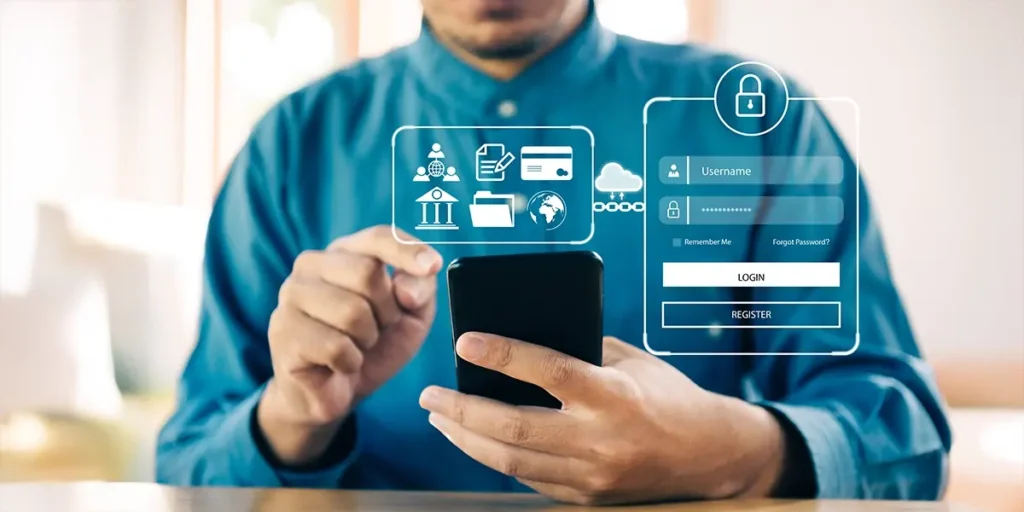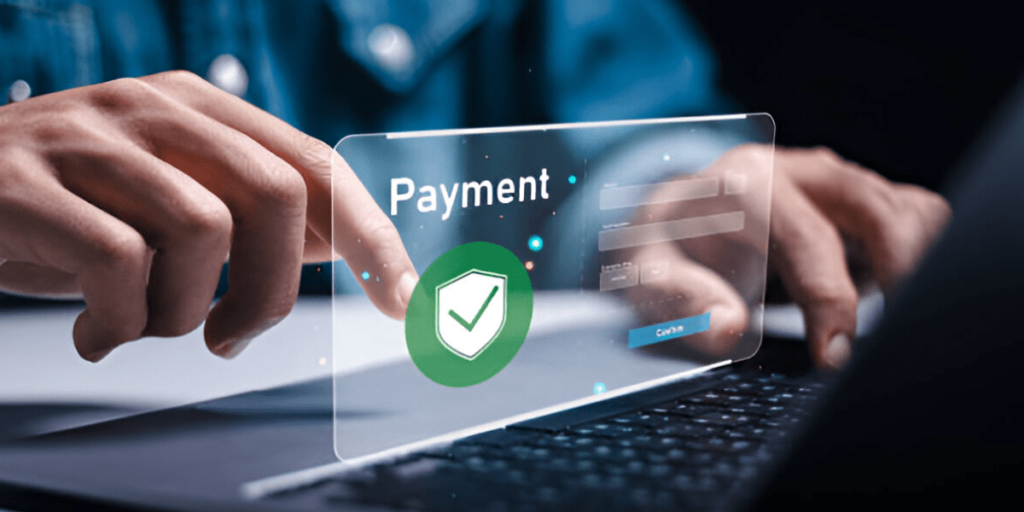In the digital era, where most consumer interactions and transactions occur online, the importance of online brand protection cannot be overstated. With a growing number of businesses shifting their operations to digital platforms, the threat landscape has expanded significantly. A brand’s online presence is a critical component of its overall reputation and value. Unfortunately, this digital footprint also becomes a prime target for malicious actors who exploit trusted names for personal or financial gain. Online brand protection is the practice of safeguarding a brand’s digital assets—its name, logo, products, reputation, and customer trust—against threats such as counterfeiting, phishing, impersonation, and trademark infringement. Without a dedicated strategy, companies risk not only losing revenue but also damaging long-standing customer relationships. Brands that fail to take their online reputation seriously often pay a steep price in the form of declining consumer confidence, legal expenses, and loss of market share. Online brand protection is no longer a luxury reserved for global corporations; it’s a vital element of survival for startups, SMEs, and established enterprises alike. It ensures that brand identity remains consistent and trustworthy, securing long-term growth in an increasingly competitive digital marketplace.
Identifying the Threat Landscape
The first step toward effective online brand protection is understanding the vast and evolving threat landscape. Digital threats to brands come in many forms, often more complex than traditional physical counterfeiting or reputation damage. These include cybersquatting, where third parties register domain names similar to official brand domains to confuse customers or sell the domain back at inflated prices. Phishing attacks involve fake websites or emails designed to mimic the brand, tricking users into sharing personal or financial information. Counterfeit product listings on e-commerce platforms deceive customers and impact the brand’s image. Social media impersonation is another growing concern, where fraudsters create fake profiles to scam users or spread misinformation. There are also broader threats like negative SEO tactics, fake reviews, and brand defamation campaigns orchestrated by competitors or disgruntled users. Understanding the variety and sophistication of these threats is essential for developing a comprehensive online brand protection strategy. This includes the need to constantly monitor digital channels and analyze emerging risks. Brands that actively identify and study these threats are better positioned to prevent long-term damage and respond to issues before they escalate beyond control.
The Role of Digital Assets in Brand Protection
Digital assets form the foundation of every brand’s online presence. These include the brand’s domain names, official websites, logos, trademarks, multimedia content, social media handles, and even customer databases. Each of these assets plays a vital role in conveying trust and authenticity to consumers. Online brand protection involves securing these assets from being tampered with, stolen, or replicated without permission. For example, having consistent branding across all digital channels is crucial for maintaining credibility. This means logos must be registered and monitored for misuse, domain names should be locked and protected from unauthorized transfers, and websites must be shielded with proper cybersecurity measures to prevent data breaches. Moreover, businesses should ensure they register all relevant domain extensions and regional variants to prevent cybersquatters from exploiting name similarities. Additionally, digital content such as blogs, videos, and infographics must be safeguarded against plagiarism and misrepresentation. Implementing digital rights management (DRM) tools, copyright registrations, and regular audits of online content are effective ways to keep brand assets secure. Properly managing these digital assets not only deters infringement but also strengthens brand visibility and consumer confidence in the long run.
Monitoring Brand Mentions and Usage
Active monitoring of how your brand is being mentioned and represented online is a cornerstone of effective online brand protection. With the internet’s rapid pace and global reach, brand misuse can happen in seconds and spread widely before it’s even detected. That’s why investing in brand monitoring tools is essential. These tools scan the internet, including websites, forums, blogs, and social media platforms, to identify mentions of the brand name or trademarks. They flag suspicious activity, such as unauthorized use of logos, false claims, fake customer service accounts, or misleading advertising. This proactive approach allows businesses to address issues before they escalate and cause significant harm. For instance, early detection of a fake website selling counterfeit goods enables swift takedown actions, minimizing customer deception and revenue loss. Monitoring also provides insights into customer sentiment, helping brands track public perception and make informed marketing decisions. Furthermore, brand monitoring tools can be configured to track competitor mentions and market trends, offering a competitive edge. Online brand protection isn’t just about detecting threats—it’s about maintaining a vigilant presence that ensures the brand remains authentic, respected, and positively perceived across all digital touchpoints.
Social Media and Brand Impersonation
Social media has become a powerful marketing tool, but it’s also a common target for brand impersonation and fraud. Fake accounts pretending to be official brand representatives can mislead customers, steal personal data, and cause irreversible reputational harm. Such impersonations can range from simple username imitations to fully replicated brand pages. Online brand protection in the social media landscape involves a multi-layered approach. First, brands should verify their official accounts on major platforms to establish legitimacy. Verification badges not only deter impersonators but also signal authenticity to followers. Second, ongoing monitoring of social platforms for similar names, logos, and brand language helps detect fake accounts early. Reporting and taking down impersonator profiles quickly is essential to limit damage. Additionally, educating consumers on recognizing real accounts—through official websites and regular communication—can reduce the chances of falling for scams. Brands should also maintain a consistent voice, posting schedule, and branding elements across platforms to reinforce recognition. In some cases, legal action may be necessary to remove persistent impersonators. As social media continues to evolve, staying alert and responsive is crucial to protecting brand integrity and maintaining consumer trust.
Counterfeit Goods and E-Commerce Risks

The rise of e-commerce has brought convenience to consumers but has also created fertile ground for counterfeiters. Fake versions of popular products are often listed on online marketplaces like Amazon, eBay, and Alibaba, sometimes even appearing more prominently than the real ones due to aggressive pricing or misleading reviews. These counterfeit products not only hurt a brand’s revenue but also pose safety risks to consumers, damaging trust and loyalty. Online brand protection in this area involves deploying automated tools that scan e-commerce sites for product listings that use the brand’s name, images, or trademarks. Once identified, these listings can be reported and taken down through official channels. Collaborating directly with platforms through brand registry programs enhances takedown efficiency and ensures faster action. Brands can also implement unique product authentication methods, such as QR codes, holograms, or serialized labels, which customers can use to verify authenticity before purchase. Encouraging consumers to buy directly from verified sellers or official websites helps reduce counterfeit exposure. Furthermore, public awareness campaigns about the dangers of counterfeit goods can educate customers and drive more responsible shopping behavior, reinforcing the brand’s commitment to safety and authenticity.
Legal Tools for Enforcing Brand Rights
Legal enforcement is a powerful pillar of online brand protection. Protecting intellectual property (IP) through trademarks, copyrights, and patents gives businesses the legal authority to take action against infringers. Registering these rights globally—especially in markets where products or services are sold—strengthens a brand’s legal position. Once protected, brands can issue cease-and-desist letters, takedown notices, or pursue litigation against violators using IP laws. Working with IP attorneys and brand protection specialists ensures that infringement cases are handled swiftly and correctly. In the digital space, platforms such as Google, YouTube, and Facebook have their own IP complaint processes, allowing brands to remove infringing content efficiently. Participation in anti-counterfeit alliances and industry coalitions can also provide broader legal support and share intelligence on emerging threats. Brands should maintain up-to-date records of their IP registrations and actively monitor for violations. In regions with complex or lenient IP laws, additional vigilance may be needed to prevent ongoing misuse. Ultimately, having a legal safety net empowers brands to protect their reputation, discourage violators, and reinforce the seriousness of brand protection.
Technology-Driven Protection Solutions
The future of online brand protection lies in leveraging advanced technologies such as artificial intelligence (AI), machine learning, and blockchain. AI-powered tools can scan billions of data points across websites, social media, and e-commerce platforms to identify brand abuse in real time. These tools learn patterns and adapt to emerging threats, improving detection accuracy over time. Machine learning algorithms can even distinguish between legitimate brand references and malicious misuse, reducing false positives and saving time for enforcement teams. Blockchain technology offers opportunities for product authentication and secure tracking across the supply chain, making it harder for counterfeiters to replicate products. Digital watermarking and fingerprinting techniques can also be used to track the unauthorized use of images, videos, and written content online. Cloud-based brand protection platforms centralize monitoring, enforcement, and reporting, making it easier to manage global protection efforts from a single dashboard. By integrating these tools into their brand management strategy, companies can stay one step ahead of cybercriminals. Investing in technology not only enhances the speed and scale of brand protection efforts but also demonstrates a commitment to innovation and consumer safety.
Building an Internal Brand Protection Culture
An effective online brand protection strategy doesn’t just rely on technology and legal tools—it starts from within. Employees play a crucial role in maintaining brand integrity. From marketing to customer service to IT departments, every team member should understand the importance of protecting the brand’s digital identity. Internal training programs can help staff recognize phishing scams, avoid data leaks, use secure communication tools, and report suspicious activity. Ensuring that employees follow brand guidelines for logo usage, messaging, and customer interaction minimizes the risk of unintentional misrepresentation. Additionally, companies should establish clear protocols for managing digital assets, responding to threats, and escalating issues to the appropriate departments. Creating a culture of responsibility around brand protection encourages vigilance and reduces internal vulnerabilities. It’s also important to align internal brand values with customer-facing actions to ensure consistency across every touchpoint. A brand that is protected from within is less likely to be compromised externally. Employees who take pride in their brand are more likely to defend it, making internal culture a strong line of defense in the broader brand protection ecosystem.
Conclusion
Online brand protection is not a one-time task—it is an ongoing process that demands attention, investment, and adaptability. As the digital landscape continues to grow, so too do the risks facing modern brands. From impersonation and counterfeiting to domain hijacking and data breaches, threats are evolving at an unprecedented pace. Businesses that fail to recognize the value of their digital identity are placing themselves at significant risk. Implementing a robust brand protection strategy—grounded in technology, legal safeguards, proactive monitoring, and internal awareness—is essential to maintaining trust and securing long-term success. Whether you’re a global enterprise or a growing startup, your brand is one of your most valuable assets. Protecting it online ensures not only the safety of your intellectual property but also the loyalty of your customers, the strength of your reputation, and the future of your business.
















